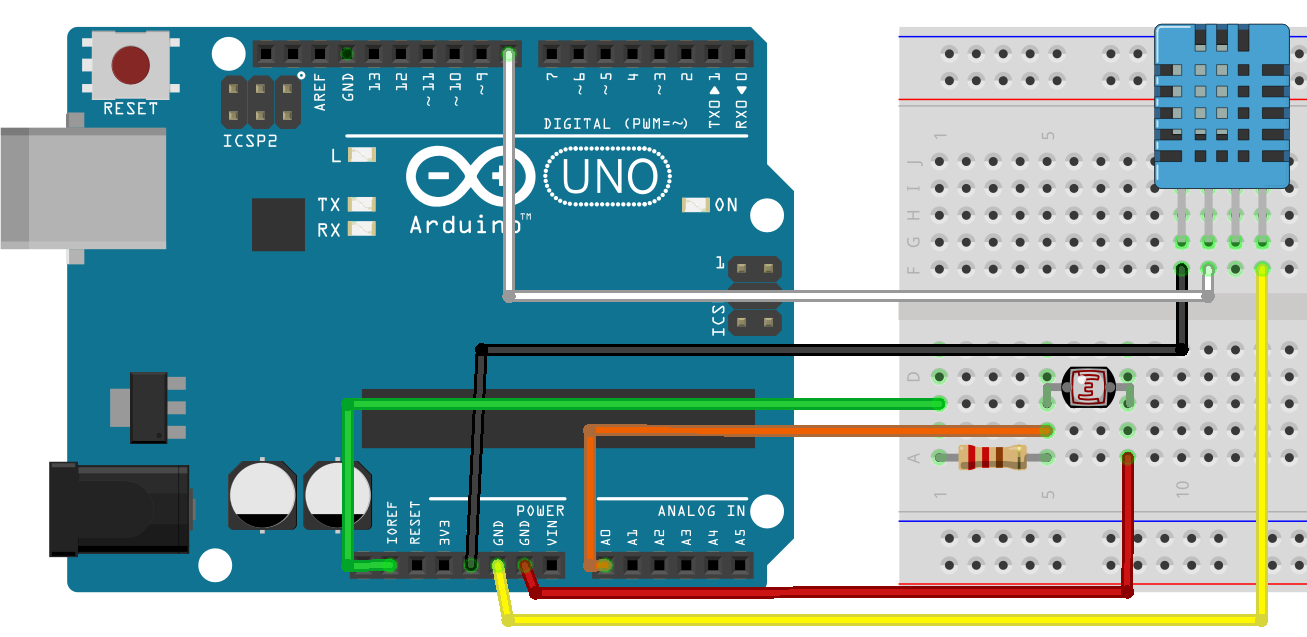Enterprise Monitor is a component of Ensemble and can help organizations monitor multiple productions running on different namespaces within the same instance or namespaces running on multiple instances.
Documentation can be found at:
In Ensemble 2016.1 there were changes made to make this utility work with HealthShare environments.
This article will:
- Show how to set up Enterprise Monitor for HealthShare sites
- Show some features of Enterprise Monitor
- Show some features of Enterprise Message Viewer
For this article, I used the following version of HealthShare:
Cache for Windows (x86-64) 2016.1 (Build 656U) Fri Mar 11 2016 17:42:42 EST [HealthShare Modules:Core:14.02.2415 + Linkage Engine:14.02.2415 + Patient Index:14.02.2415 + Clinical Viewer:14.02.2415 + Active Analytics:14.02.2415]

 Hello!
Hello!